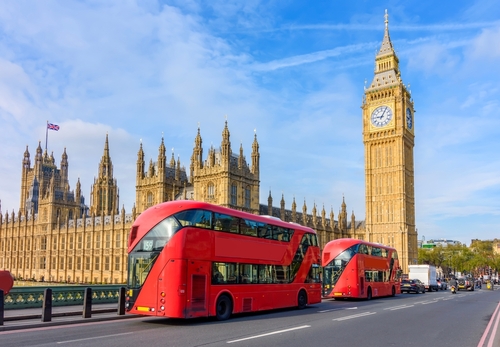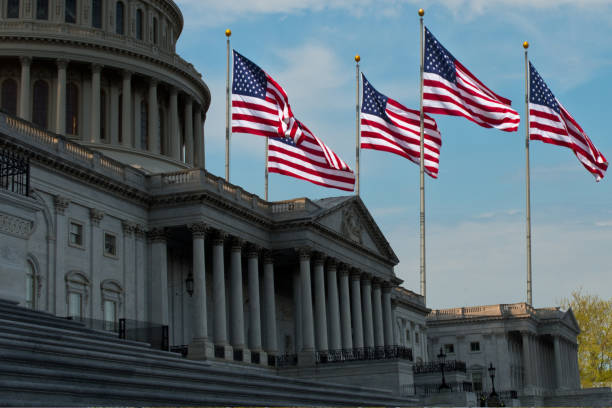BREAKINGVIEWS-Surging gold gives Richemont pricing dilemma

By Yawen Chen
LONDON, April 23 (Reuters Breakingviews) - Europe’s luxury giants face a tough call on how much to charge for their handbags and jewellery. This dilemma comes from two fresh challenges – U.S. tariffs and soaring gold prices. For $95 billion Cartier owner Richemont CFR.S the problem is particularly acute, given its policy of applying the same prices across all markets.
Even before U.S. President Donald Trump’s blanket 10% tariffs across the world, luxury groups’ pricing strategies were already strained. Central to the problem were hikes that the likes of Dior parent LVMH LVMH.PA, Gucci owner Kering PRTP.PA and Chanel implemented during the pandemic. In November, Bain & Company warned 50 million of the 400 million global luxury consumers may have been priced out of the market between 2022 and 2024.
Richemont was an outlier. The group hasn’t increased prices since last summer, a strategy which went down well with customers and investors alike as the company delivered a 10% jump in sales in the quarter ended in December. Meanwhile, it trades on 24 times its forecast earnings for 2025, outperforming bigger rivals LVMH and Kering.
But amid the soaring value of gold, newish CEO Nicolas Bos is likely to come under growing pressure to hike prices, given the luxury retailer makes most of its money selling watches and jewellery. Geopolitics and economic uncertainty have driven investors into the relative safety of gold, and prices have risen nearly 30% this year, hitting the $3,500 per ounce mark for the first time on Tuesday. This could quickly become a burden as the company doesn’t normally hedge its gold purchases.
The Swiss company, however, faces an even knottier problem. To deter customers from trying to pick up bargains in different countries, it applies a blanket pricing rule where any increase has to be adopted across all of its markets. This seemed smart before Trump’s trade war, but it could create difficulties when it needs to hike prices in the U.S. to cover tariffs but pause increases in China to counter weak demand.
There’s also a danger that dwindling growth and cost pressures get worse. If Trump backtracks on higher “reciprocal” tariffs, he could reinstate 20% levies on Europe and 31% for Switzerland. If companies don’t hike prices in that scenario, Barclays analysts forecast Richemont, for example, would be hit with a 7% decline on its operating profit which will dent its 22% margin. Meanwhile, gold prices could soar to $4,000 an ounce by mid-2026, per Goldman Sachs analysts. In this scenario, Richemont’s pricing rule risks tarnishing its shiny future.
Follow @ywchen1 on X
CONTEXT NEWS
Gold prices surpassed the $3,500 mark for the first time on April 22.
Richemont will announce its fiscal year 2025 earnings results on May 16.







